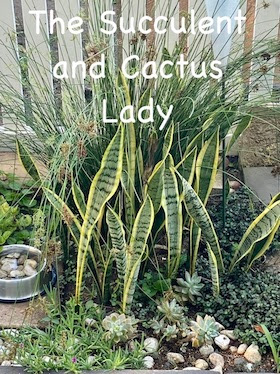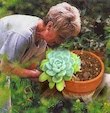ALOES, ALOES EVERYWHERE!
There are over ±155 Aloe species in our
country (South Africa) ranging in size from the large Tree Aloes (Aloidendron) to the
attractive little Grass Aloes with the Creeping Aloes (Aloiampelos) in
between.
This is the time of year (Winter) when these striking
flowers are at their best. Aloes attract a variety of insects and birds,
particularly Sunbirds.
Take a moment to watch them.
(The above pics taken at The Quarter, Ballito, KZN)
Found this beautiful Aloe chabaudii on one of our morning walks along the promenade on the Beach (Ballito, KZN)
Found this beautiful Aloe chabaudii on one of our morning walks along the promenade on the Beach (Ballito, KZN)
Found this beautiful Aloe chabaudii on one of our morning walks along the promenade on the Beach (Ballito, KZN)
Aloe just outside Caledon Estate in Ballito, KZN, South Africa
Aloes just outside Caledon Estate in Ballito, KZN, South Africa
The flowers of Aloe marlothii attract a plethora of insects and birds, supplying much-needed sustenance in the cold winter months
Aloe arborescense - Ballito, KZN
Aloe arborescense - Ballito, KZN
One of my all-time facourites is Aloe ferox, a true gift from nature. It's not really found at the coast, but I just have to include it here. The world over, users revere aloe ferox for it’s numerous properties. The bitter sap contains powerful anti-oxidant properties – an ancient source of a modern cosmetic buzzword.
Healing, detoxifying, anti-inflammatory, Anti Bacterial, Anti-Viral and
Anti-Parasitic – and those are only a few ways in which Aloe Ferox helps
in maintaining personal wellness. It is an important life-line for insects and birds in winter, supplying much-needed sustenance in the cold months.
For centuries indigenous healers have treated man and beast successfully with aloe preparations.
In Xhosa culture here in South Africa, it is applied to fresh and inflamed wounds to
encourage healing and is a known cure for ring-worm and tapeworm, boils
and ulcers. Aloe is used to treat enteritis in calves and fowls, as
well as roundworm in the Zulu culture, while the Pondo mix aloe juice
and water for a refreshing body wash. An extract, bitters, is ingested
to help with detoxification, as well as gout, rheumatism and arthritis,
stomach and digestive ailments.
Other recorded uses include: insect
bites and bluebottle stings, fungi, toothache, sunburn, as protection
against the elements and to stimulate the immune system, to name a few.






















